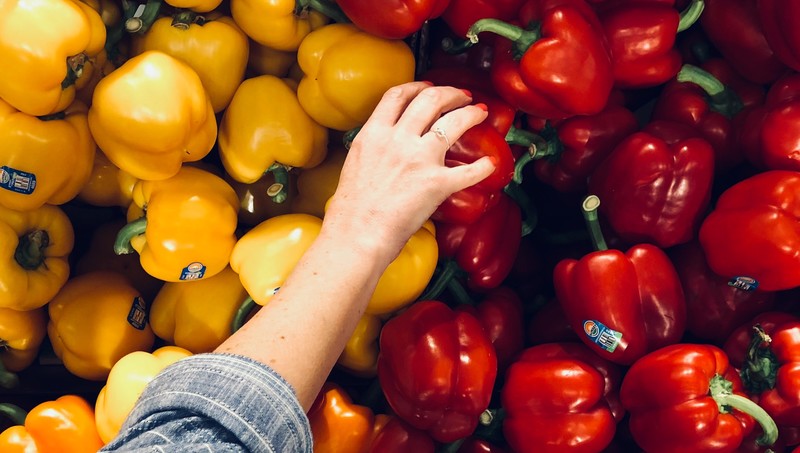If you’re looking to save some money on groceries (and who amongst us isn’t), some startups are hoping you’ll drop the coupon clipping in favour of mystery grab bags.
Let us explain: A new wave of food-recovery apps are partnering with major retailers to sell their damaged or soon-to-expire items at a steep discount to users. As price-conscious shoppers looked for new ways to save, these apps have enjoyed a breakout year.
- Toronto’s Flashfood, Montréal’s FoodHero, and Denmark’s Too Good to Go have captured hundreds of thousands of users and have big plans to expand.
- The apps also provide good PR. Since partnering with Flashfood in 2019, Loblaw has saved over 40 million pounds of food from ending up in landfills.
Why it matters: After coming off a year of decades-high food inflation, Canada’s Food Price Report is now forecasting a further 5-7% increase in food prices this year. As grocery bills continue to rise, more Canadians could flock to food-recovery apps out of sheer necessity.
Yes, but: These apps were created with the goal of reducing food waste in mind, not combatting outrageous grocery bills. Users are now retrofitting them to deal with food inflation, a band-aid solution to systemic problems across the industry stemming from supply chain disruptions, poor weather conditions, and (alleged) corporate greed.
